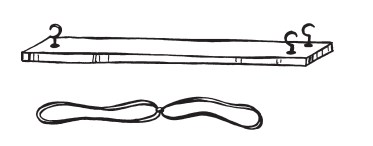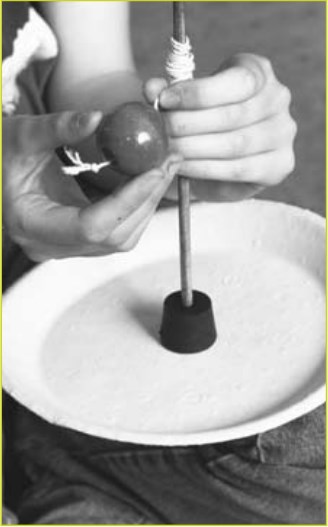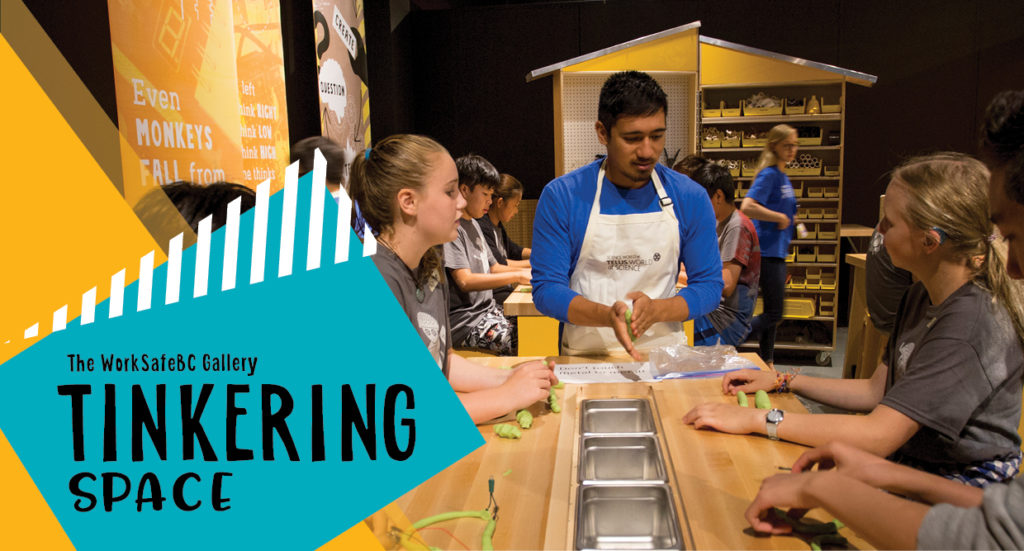These activities will inspire your students to ask questions and seek answers about motion. Things that roll and spin behave in ways that are often surprising or counterintuitive.
Feel free to do these activities separately or together and please adapt them to the needs and abilities of your class.
Are you ready to get rolling (or rather, spinning) ?
When playing with different tops, you may notice that some spin longer than others. Heavy tops spin for a longer time than light ones when launched at the same speed. The faster they’re spinning when launched, the longer they spin. The combination of mass and speed is known as momentum.
Mathematically, momentum is mass times speed.
MOMENTUM = MASS x SPEED
So, a 1kg rabbit going 40km/h has the same momentum as a big 40kg dog ambling along at 1km/h. The more momentum something has, the harder it is to stop. But what stops the top? Friction between the stick and the floor is the main culprit.
The momentum of spinning and rolling things is called angular momentum.
With tops, is that it matters where you put the weight. The farther away from the stick the mass is, the more angular momentum the top has and the harder it is to stop.
ANGULAR MOMENTUM = MASS x SPEED x DISTANCE BETWEEN THE MASS AND THE AXIS OF ROTATION
What about getting things moving in the first place?
To make something move, you need a push or a pull force. To make something roll or spin, the force has to be some distance from the object’s centre of mass. When you launch your tops using an elastic band, you pull from the side of the stick, just beside the centre of mass. The energy stored in the stretch of the elastic band is transferred to the top.
The heavier something is, the more force you need to make it move. When something is hard to move, it has lots of inertia. When something is hard to spin, it has lots of rotational inertia. Rotational inertia depends on the mass of an object and where the mass is located. The farther the mass is from the axis of rotation, the harder it is to make the object spin or roll.




